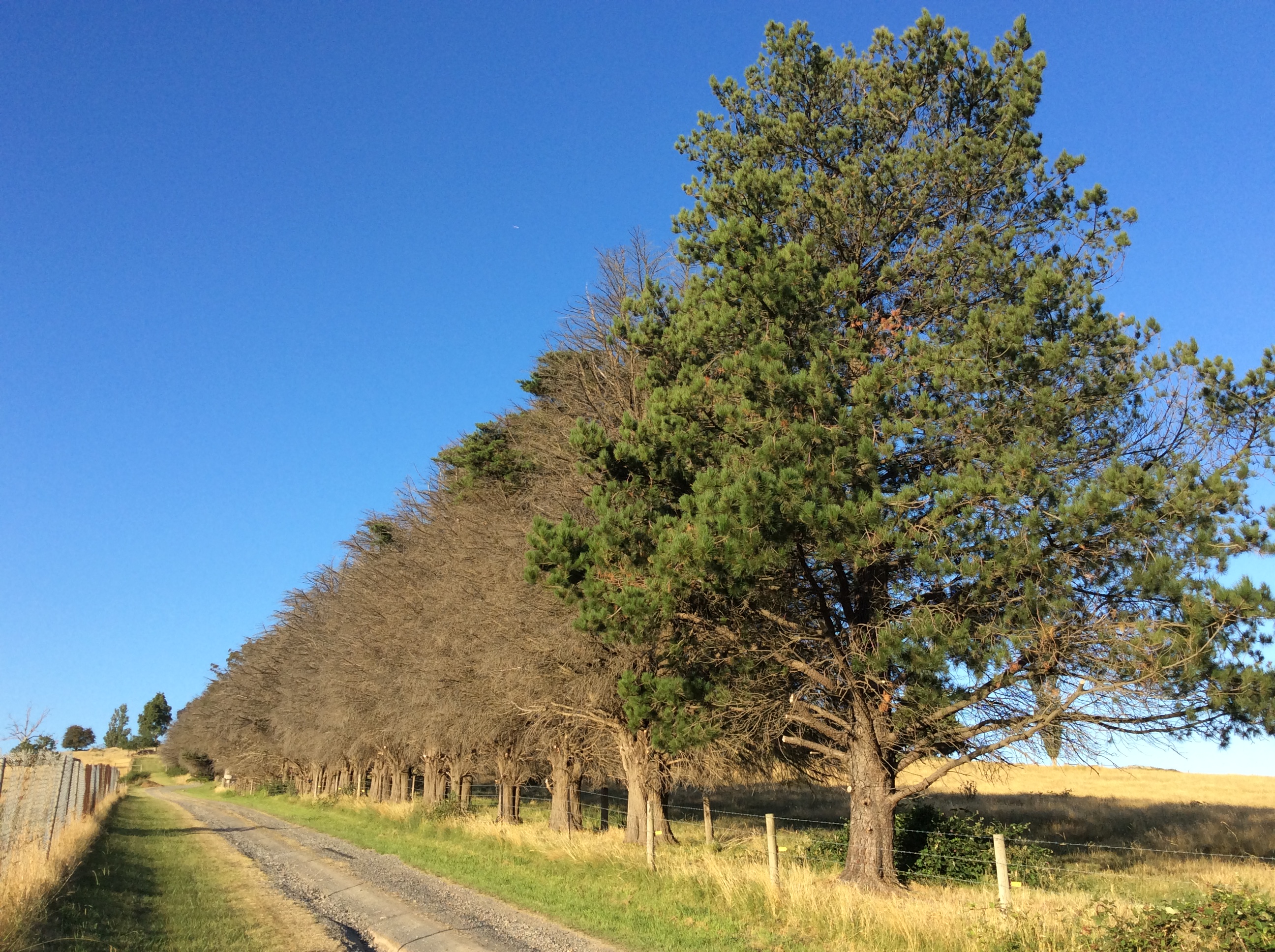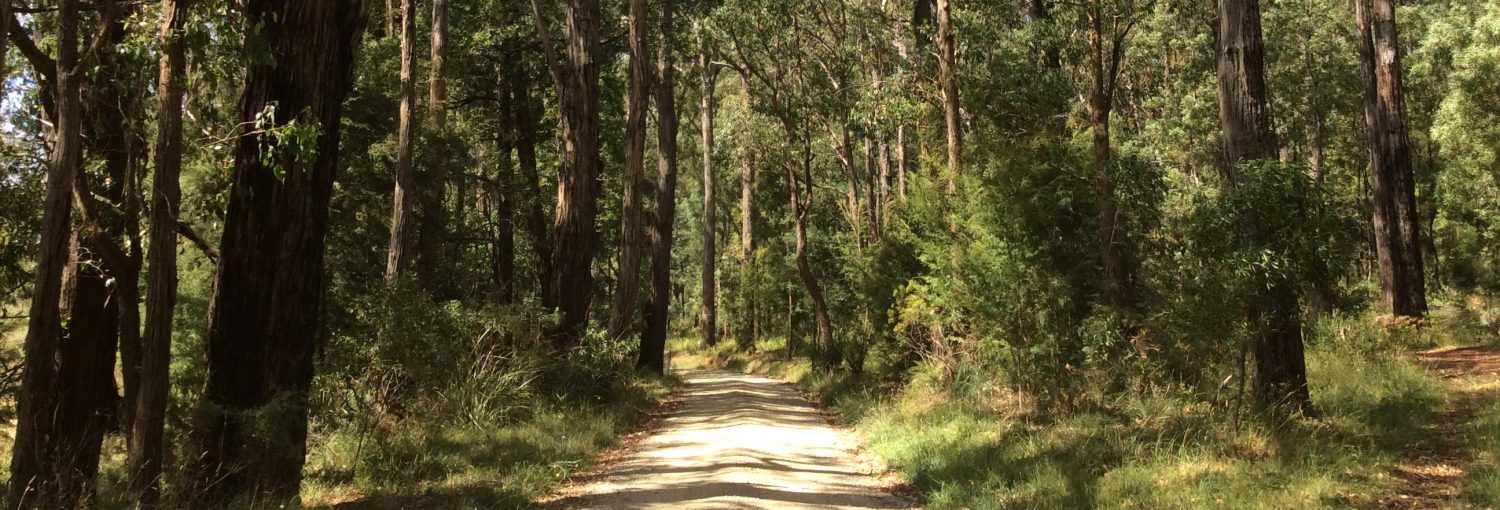We have been looking for a block in the Dandenongs for a while now, somewhere between Emerald and Gembrook. So I headed up to Cockatoo a few days back to take a peek at a cottage amongst the mountain ash. I planned to ride my bicycle up on the weekend so I was also scouting for a nice scenic route with good road surface.
On the way through Narre Warren I started to see increasing degradation of Cypress. It was almost as bad as I saw in Healesville last year.
Cypress are a great hedging tree. Whether you want a nice divider between suburban blocks or you need to screen out power lines or a noisy road in the country. They also make great windbreaks and shade for livestock if you are farming.
We see a fair range of trees in Victoria but the most common are Cupressocyparis leylandii (Leyland Cypress) Cupressus macrocarpa (Monterey Cypress). Unfortunately both these trees are under attack from the microscopic fungi Seiridium cardinale AKA Cypress canker.
Typically a good Leyland Cypress hedge will look like this one I found in Beaconsfield;

As I made my way through the flat land and up toward the Cardinia Reservoir just out of Clematis, I began to see more and more windbreaks and hedges that looked like this.

And eventually trees in this state of decline suffer root plate failure and end up like this.

The government website at Agriculture Victoria says that this disease is fatal. Apparently you should remove your infected trees and burn the waste in a giant bonfire. If you don’t, all your Cypress, and for that matter your neighbours Cypress, will sicken and die.
And they have a point.
If you do nothing the potential mortality rate, (chance of an infected tree dying), is between 25% and 75% but in some cases was up to 90%! In Europe alone this epidemic has infected and is killing millions of trees at an environmental and economic cost estimated at over a billion dollars. (No that’s not a typo).
http://www.cabi.org/isc/datasheet/49497
So if we follow the general advice on the internet we had best start sharpening chainsaws and building our bonfires.
Or perhaps not.
Because despite being difficult to kill, Seiridium cardinale can be dramatically slowed down. In fact in the tree can even out grow and ultimately survive the disease. I’d like to say that I am the creator of a wonderful new treatment that will revolutionise disease control in Victoria but it’s not true. In fact volunteer groups have been using trunk injected phosphite to control Phytophthora cinnamomi (Jarrah die back) in native trees for 25 years. This horticulturalist has been treating Cypress the same way for many years also.
http://www.petercoppin.com/pdfs/seiridium_cypress_conifer_canker_dieback.pdf
There are other things you can do to increase the chance of your trees recovering from this fungus. All the legitimate scientific research on this disease says that stressed trees get sicker and die faster than healthy trees. If your trees are not getting enough nutrients from the soil or enough water they are at much greater risk. First inject phosphite in measured doses and then add mychorrizae (the good fungi) through vertical mulching. This gives you a proven 1-2 punch combination for knocking out Cypress canker. It can also help control a range of other fungal pathogens.
Removing a 10 metre Cypress can cost you up to $1000 or more depending on the location. Treating the same tree against canker can be as little as $54.
For an inspection and risk report either call or email.
Cheers,
John (doc) Holliday
